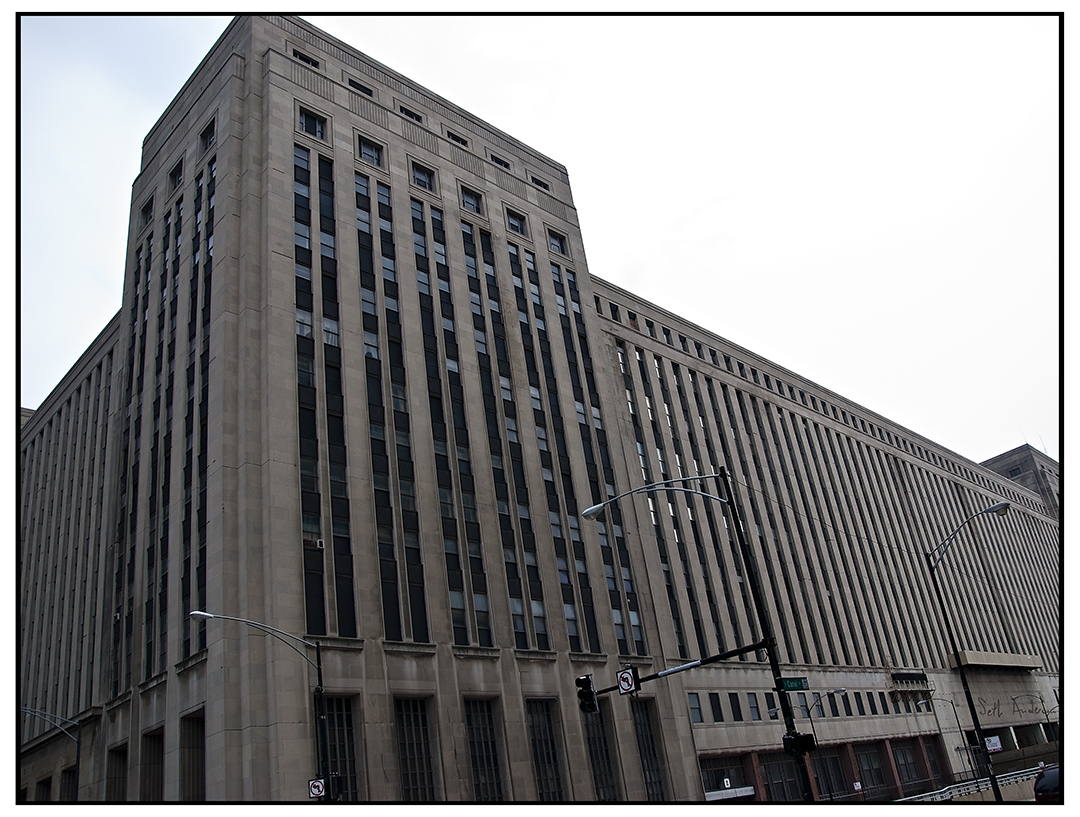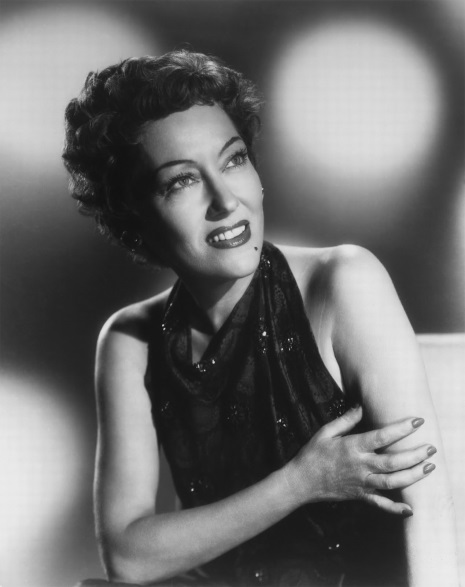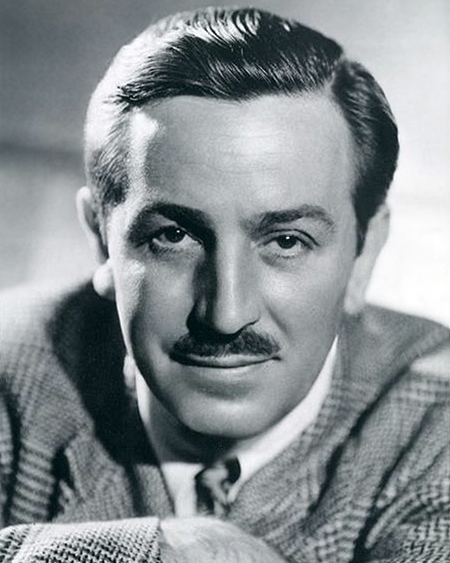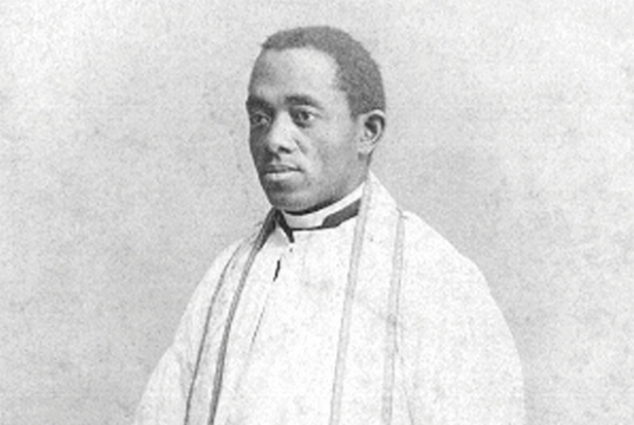- Details
 Did you know? Former Governor Jim Edgar passed a resolution making Illinois the “Chilli Capital of the civilized world.”
Did you know? Former Governor Jim Edgar passed a resolution making Illinois the “Chilli Capital of the civilized world.”
In 1993, Illinois State Senator Karen Hasara introduced a resolution that names Illinois the Chilli Capital of the Civilized World and recognizes the spelling as C-H-I-L-L-I. Two Illinois cities – Springfield and Taylorville – have sparred over the years over which town is truly the chili center of the state.
- Details
 The Old Chicago Main Post Office is a nine-story building designed in the Art-Deco architectural style. It was designed by Graham, Anderson, Probst & White and built in 1921, but it was expanded greatly to its current size in 1932.
The Old Chicago Main Post Office is a nine-story building designed in the Art-Deco architectural style. It was designed by Graham, Anderson, Probst & White and built in 1921, but it was expanded greatly to its current size in 1932.
The expansion entailed adding a total of nine floors for more than 60 acres, or 2.5 million square feet, of floor space.
Its expansion and capacity were necessary to serve the city’s large volume of postal business, driven by the mail-order businesses of Chicago-based companies Montgomery Ward and Sears.
- Details
 Gloria Swanson was best known for her role as Norma Desmond in the critically acclaimed 1950 film Sunset Boulevard , but she also worked in silent films, television and theater.
Gloria Swanson was best known for her role as Norma Desmond in the critically acclaimed 1950 film Sunset Boulevard , but she also worked in silent films, television and theater.
Swanson did not initially set out to become an actress. In 1915, at the age of 18, she decided to go to a Chicago movie studio with an aunt to see how motion pictures were made and was plucked off the set of The Fable of Elvira and Farina and the Meal Ticket because of her beauty and given a small role in the production. She moved to California in 1916 to appear in a series of comedies with silent film star Bobby Vernon.
- Details
 Did you know? Walt Disney was from the Hermosa neighborhood of Chicago, Illinois. He was born on Dec. 5, 1901 to Flora and Elias Disney and he was one of five children.
Did you know? Walt Disney was from the Hermosa neighborhood of Chicago, Illinois. He was born on Dec. 5, 1901 to Flora and Elias Disney and he was one of five children.
Disney attended McKinley High School in Chicago where he took drawing and photography classes. He was a contributing cartoonist for his high school paper and attended night classes at the Chicago Art Institute.
In 1919, Disney started to pursue a career as a newspaper artist. He began working as a cartoonist at the Pesmen-Rubin Art Studio in Kansas City. While in this position, Disney met Ub Iwerks. After both Disney and Iwerks were laid off from Pesmen-Rubin Art Studio, they formed their own company, the Iwerks-Disney Commercial Artists. After struggling to develop a customer base, Disney and Iwerks left their firm and began working for the Kansas City Film Ad Company. There, Disney became interested in animation.
- Details
 Father Augustus Tolton is known as the first African American priest in the United States. Born a slave in Missouri in 1854, his family eventually reached the free state of Illinois.
Father Augustus Tolton is known as the first African American priest in the United States. Born a slave in Missouri in 1854, his family eventually reached the free state of Illinois.
At the age of 16, Tolton felt called to the priesthood but he was denied acceptance by every Catholic seminary in the country. With the help of two Quincy priests and Catholic benefactors, Tolton worked odd jobs and in tobacco factories over the next 10 years until he was able to save enough money to travel to Rome to attend a seminary there.
After completing his courses in Rome, Tolton was ordained on April 24, 1886. He expected that he would be sent to an African mission, but he instead returned to Illinois to serve the African American population.
Tolton’s first assignment was Saint Joseph’s church in his hometown of Quincy. During his two years there, he gained enormous respect from many of the German and Irish parishioners. However, he also endured humiliation, isolation and condemnation from fellow priests who would not accept him.
More Articles …
- Did you know? The biggest snowfall in Illinois history happened on February 28, 1900.
- Did you know? Bachelor’s Grove Cemetery on the Southwest side of Chicago is claimed to be one of the most haunted graveyards in America.
- Illinois citizens step up to help victims of Hurricane Harvey
- Can you answer these 21 questions about the 21st state?
- Did you know? Lincoln, 'Long Nine' moved capital to Springfield





